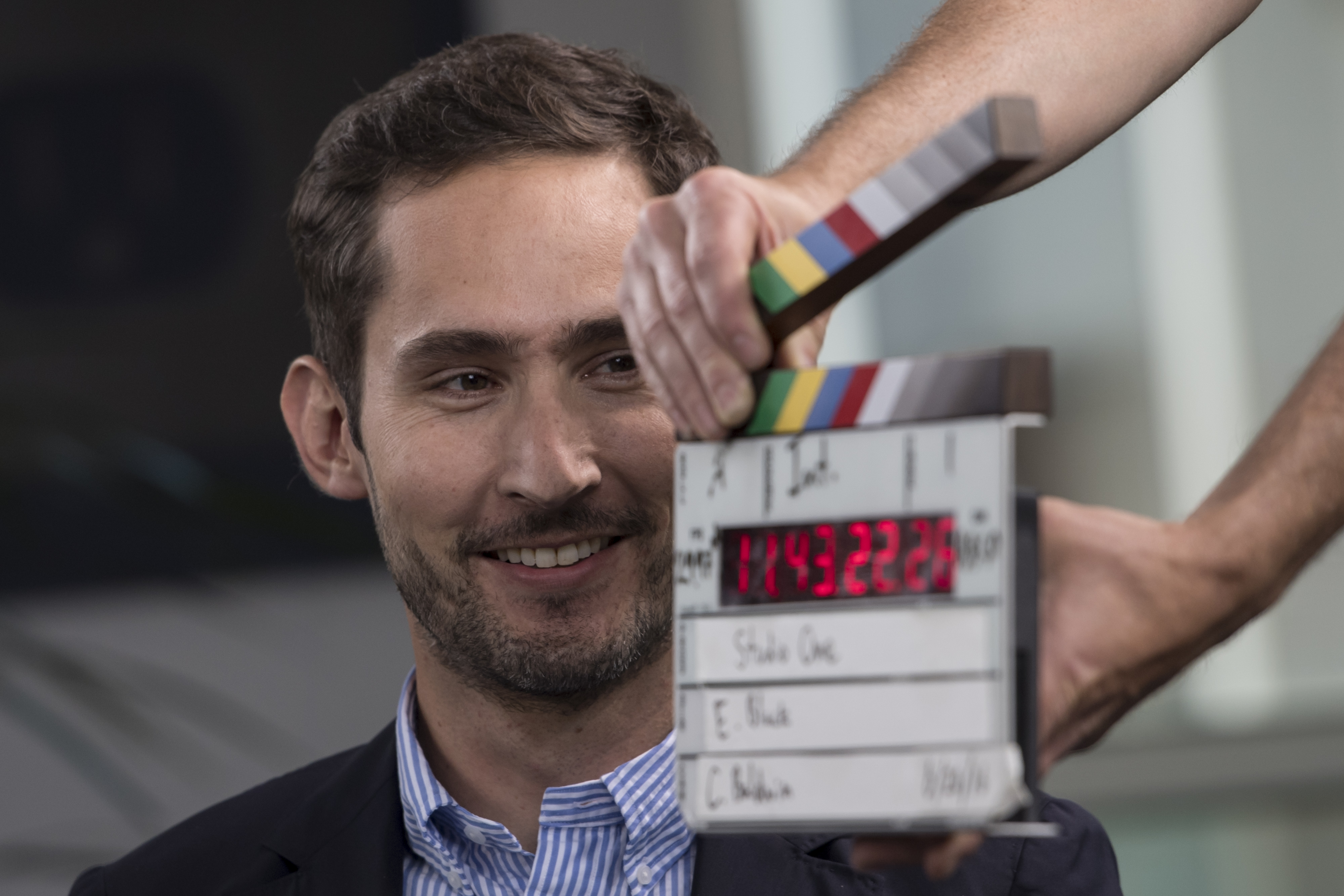
Photo-sharing app Instagram is growing up. The number of users has doubled in the past two years to 500 million, and Facebook has turned on the advertising spigot. More marketing messages are popping up in between photos, and shopping functions are in the works.
Instagram Users 500 million
It's a delicate moment for Facebook if it's to turn Instagram into a major revenue generator. The risk is that, egged on by growth hungry investors, the companies push more ads too fast -- wrecking the vibe that attracted users in the first place.
All social networks face this dilemma: Look at Snapchat, which is just tiptoeing into advertising, or Twitter, whose user growth has stalled. How these young social networks manage this issue will go far to determine which ones will survive.
Facebook is essentially asking investors to take it on trust that it will navigate this path to monetization successfully. But a company known for relentlessly tracking user behavior is being too reluctant to share that intelligence with investors. More disclosure on advertising and engagement would help build confidence. Remember that this is an industry which has irritated a huge chunk of its users, as the growth of ad blocking software shows.
At the ad industry's annual confab in Cannes, France, Facebook and Instagram executives promised they would get the balance right, and cited their regular use of control tests, where the company compares the behavior of users exposed to ads with those who aren't. But they wouldn't provide details.
The need for that is critical. Instagram, with its photos and videos, is the digital marketing showroom with perhaps the most potential, apart, perhaps, from Facebook itself. Fashion brands like Asos and Dior love the app and have much staked on its expected expansion into e-commerce via a "Buy Button."
Facebook doesn't say how much of its $19 billion of advertising revenue in the year through March came from Instagram (which only started taking ads from all comers in September). About 200,000 businesses advertised on Instagram as of February, up from hundreds in the prior six months. Research firm eMarketer estimates Instagram will generate $1.3 billion, or 15 percent, of Facebook's U.S. mobile ad revenue in 2016.
From a cursory glance at the app, it's clear Instagram has increased the number of ads between photos of your niece's birthday and shots from Beyonce's latest concert. It's not clear, though, how much more room there is to increase the so-called ad load. Over at Facebook, the percentage of ads in a user's feed has hit 10 percent, and it's unlikely that growth will continue. Instagram will one day reach that saturation point, too.
For now, Instagram says isn't worried by ad overload and there are no signs users are spending less time on the site or posting fewer selfies and the like.
But it's hard for outsiders to tell if they should be reassured by that. Facebook continues to add users and the company says people spend more than 50 minutes a day using its main social network, Instagram and Messenger. Yet 80 percent of Instagram's new users in the past year came outside the U.S. -- meaning growth in its biggest market wasn't that much better than Twitter.
The only social network enjoying similar love on mobile is Snapchat. But one wonders if its youthful audience posting ephemeral videos with oddball filters is merely enjoying the honeymoon before ads come ruin the fun. Snapchat users spend roughly 10 minutes a day with the app, according to Cantor Fitzgerald, compared with Instagram's 6.4 minutes. Advertisements will do that to you.
This column does not necessarily reflect the opinion of Bloomberg LP and its owners.